Σέριφος
( Serifos )Serifos (Greek: Σέριφος, Latin: Seriphus, also Seriphos; Seriphos: Eth. Seriphios: Serpho) is a Greek island municipality in the Aegean Sea, located in the western Cyclades, south of Kythnos and northwest of Sifnos. It is part of the Milos regional unit. The area is 75.207 square kilometres (29.038 sq mi) and the population was 1,420 at the 2011 census. It is located about 170 kilometres (92 nautical miles) ESE of the Athenian port of Piraeus.
In Greek mythology, Serifos is where Danaë and her infant son Perseus washed ashore after her father Acrisius, in response to an oracle that his own grandson would kill him, set them adrift at sea in a wooden chest. When Perseus returned to Serifos with the head of the Gorgon Medusa, he turned Polydektes, the king of Serifos, and his retainers into stone as punishment for the king's attempt to marry his mother by force.
In antiquity, the island was proverbial for the alleged mutene...Read more
Serifos (Greek: Σέριφος, Latin: Seriphus, also Seriphos; Seriphos: Eth. Seriphios: Serpho) is a Greek island municipality in the Aegean Sea, located in the western Cyclades, south of Kythnos and northwest of Sifnos. It is part of the Milos regional unit. The area is 75.207 square kilometres (29.038 sq mi) and the population was 1,420 at the 2011 census. It is located about 170 kilometres (92 nautical miles) ESE of the Athenian port of Piraeus.
In Greek mythology, Serifos is where Danaë and her infant son Perseus washed ashore after her father Acrisius, in response to an oracle that his own grandson would kill him, set them adrift at sea in a wooden chest. When Perseus returned to Serifos with the head of the Gorgon Medusa, he turned Polydektes, the king of Serifos, and his retainers into stone as punishment for the king's attempt to marry his mother by force.
In antiquity, the island was proverbial for the alleged muteness of its frogs. During the Roman imperial period, Serifos was a place of exile. After 1204 it became a minor dependency of the Venetian dukes of the Archipelago. In the late 19th century Serifos experienced a modest economic boom from the exploitation of the island's extensive iron ore deposits. The mines closed in the 1960s, and Serifos now depends on tourism and small-scale agriculture.
Among early ‘tourists’ were the British travellers Theodore and Mabel Bent, landing in December 1883. Bent opens his 1885 travelogue on the Cyclades with Serifos, although the couple visited Syros first.
Serifos was colonized by Ionians from Athens[citation needed], and it was one of the few islands which refused submission to Xerxes I.[1] By subsequent writers Serifos is almost always mentioned with contempt on account of its poverty and insignificance[2] and it was for this reason employed by the Roman emperors as a place of banishment for state criminals.[3][4] It is curious that the ancient writers make no mention of the iron and copper mines of Serifos[citation needed], which were, however, worked in antiquity, as is evident from existing traces[citation needed], and which, one might have supposed, would have bestowed some prosperity upon the island. But though the ancient writers are silent about the mines, they are careful to relate that the frogs of Serifos differ from the rest of their fraternity by being mute.[5]
Middle agesSerifos was part of the Byzantine Empire until 1204 , [6]when the island came under Venetian rule.[7] During this time the mines reopened, after about 1,000 years of inactivity.[8] In 1394, a strike of the miners against the Nikolaos Adoldos occurred.[9]
The miners' strike of 1916 Headquarters of the former mine company of Serifos in Megalo Livadi
Headquarters of the former mine company of Serifos in Megalo Livadi The mines
The minesIn the 20th century, the mines of Serifos were exploited by the mining company "Société des mines de Seriphos-Spiliazeza," under the direction of German mineralogist A. Grohmann (died 1905). In the summer of 1916, in response to low pay, excessive working hours, unsafe conditions, and the company's refusal to rehire workers who had been drafted into the Greek army and recently demobilized, the 460 miners formed a union and organized a strike. Their leader was Constantinos Speras, a Serifos native educated in Egypt, who was an anarcho-syndicalist with long experience of labor struggles on the Greek mainland. In response to the strike, Grohman asked for the help of Greek authorities, who sent a 30-man gendarmerie (Χωροφυλακή) detachment from nearby Kea. After detaining Speras and the strike committee, the gendarmerie lieutenant ordered his men to fire on the workers, who had gathered at the ore loading dock at Megalo Livadi and refused to permit a cargo ship to be loaded. Four workers were killed and a dozen wounded. The workers, supported by their wives, attacked the gendarmes with stones, killing three of them and routing the others. The freed leadership took control of island institutions and sent a message placing Serifos under protection of the French fleet at Milos. This effort at collective self-organisation was cut short by the refusal of the French navy to intervene, and by the arrival of a Greek warship. Speras was arrested and charged with high treason, but released a few months later when the royalist government was ousted. Grohmann was given once again the control of the mines, after granting improved working conditions and an 8-hour workday.[10]
 Chora, view from the north
Chora, view from the north

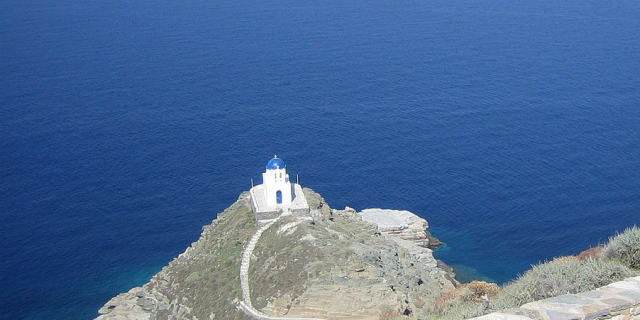







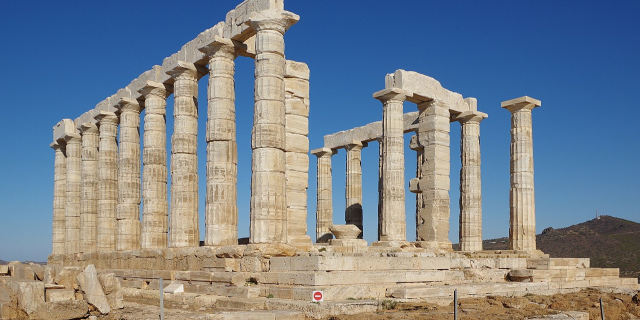

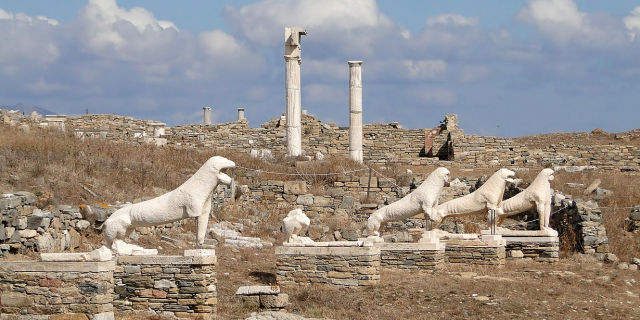

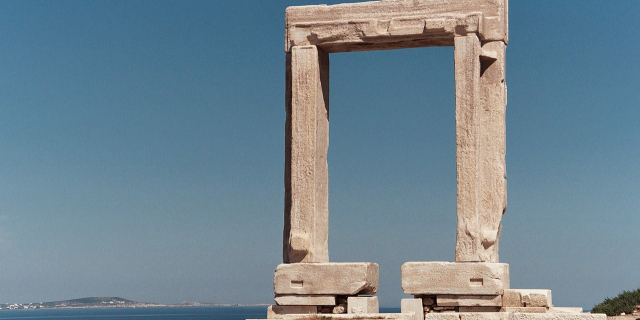
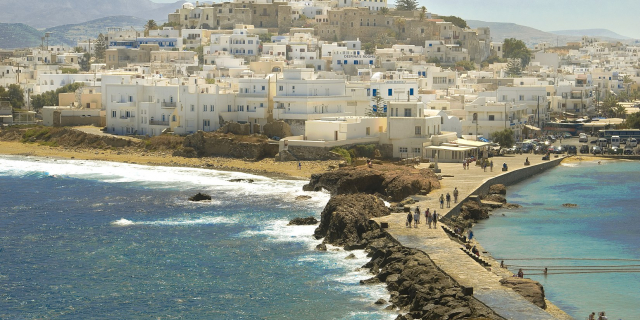


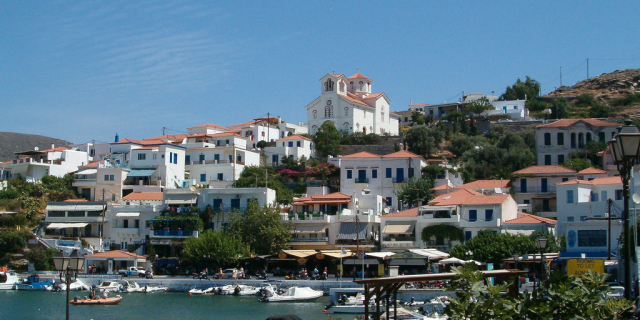
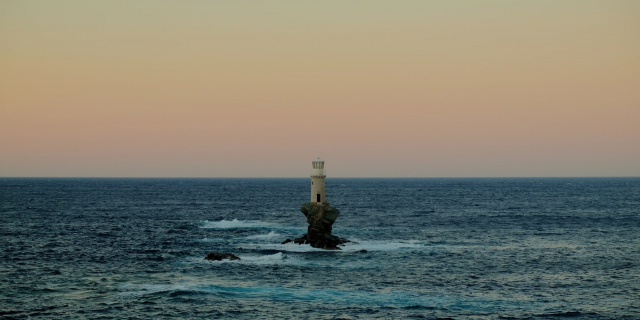



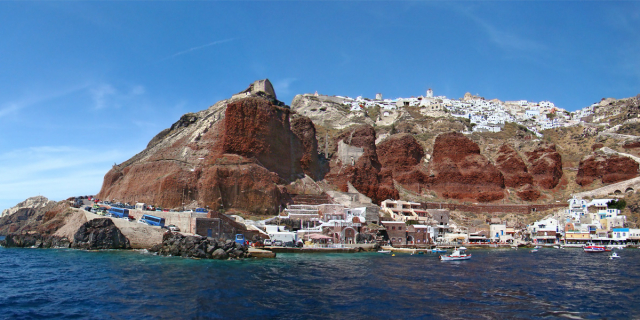




Add new comment